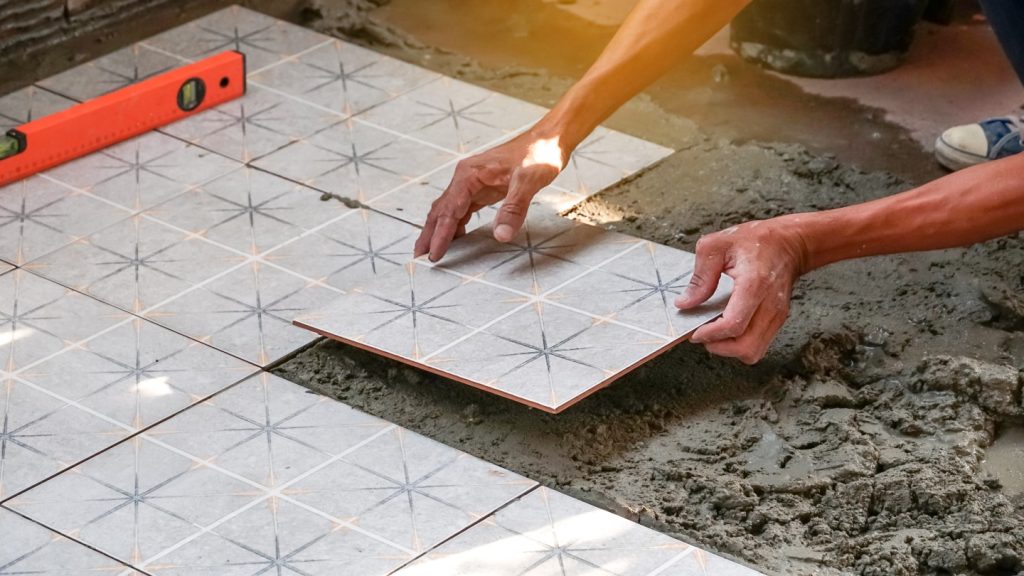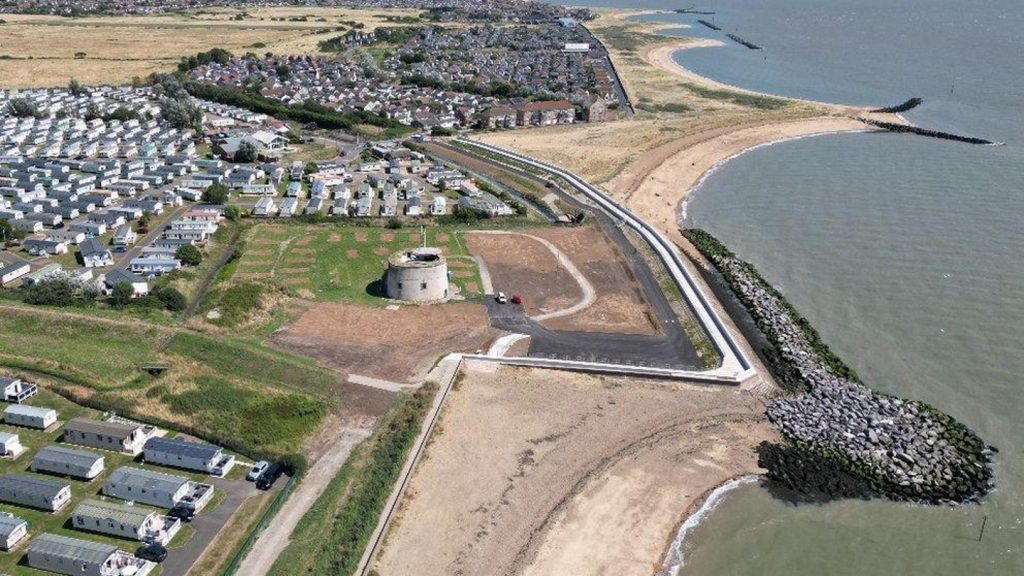Salgenx, specialising in saltwater flow battery technology, has announced plans to broaden the scope of its graphene and hard carbon-coated sand applications.
Initially developed for advanced battery systems, the company is venturing into the construction industry, and more.
Graphene-coated sand is expected to improve concrete's electrical conductivity, mechanical strength, and durability.
The smart concrete is capable of real-time structural health monitoring, identifying potential safety hazards such as strain and cracks, and more.
This facilitates predictive maintenance and reduces the need for manual inspections.
The material's conductive properties are also expected to develop electrically conductive pavements, enabling heated roads to prevent ice formation and potentially charging electric vehicles on the move.
This aligns with the increasing demand for electric vehicle infrastructure and road safety improvements.
It will also allow buildings better thermal management and energy efficiency by incorporating this material into walls and floors.
Furthermore, the material offers electromagnetic interference shielding for protecting sensitive electronic equipment in data centres and hospitals.
In manufacturing, Salgenx's graphene and hard carbon-coated sand is anticipated to be used in 3D printing conductive concrete structures.
Additionally, the material has lightweight properties and is claimed to be suitable for the aerospace and automotive industries.
Salgenx is investigating the environmental sustainability potential of carbon-coated sand, which could decrease carbon dioxide and contribute to climate change mitigation.
The material is further expected to enhance water filtration systems, offering a more effective and durable solution for clean water access.
The company is exploring the integration of embedded sensors and circuits within concrete structures, paving the way for smart walls and floors with built-in sensing and control capabilities.
Finally, Salgenx is considering the material's use in solar concrete, which could act as a solar absorber and generate electricity from building surfaces.
Moreover, it is anticipated to be employed in piezoelectric energy harvesting, where concrete's mechanical stress is converted into electrical energy.












